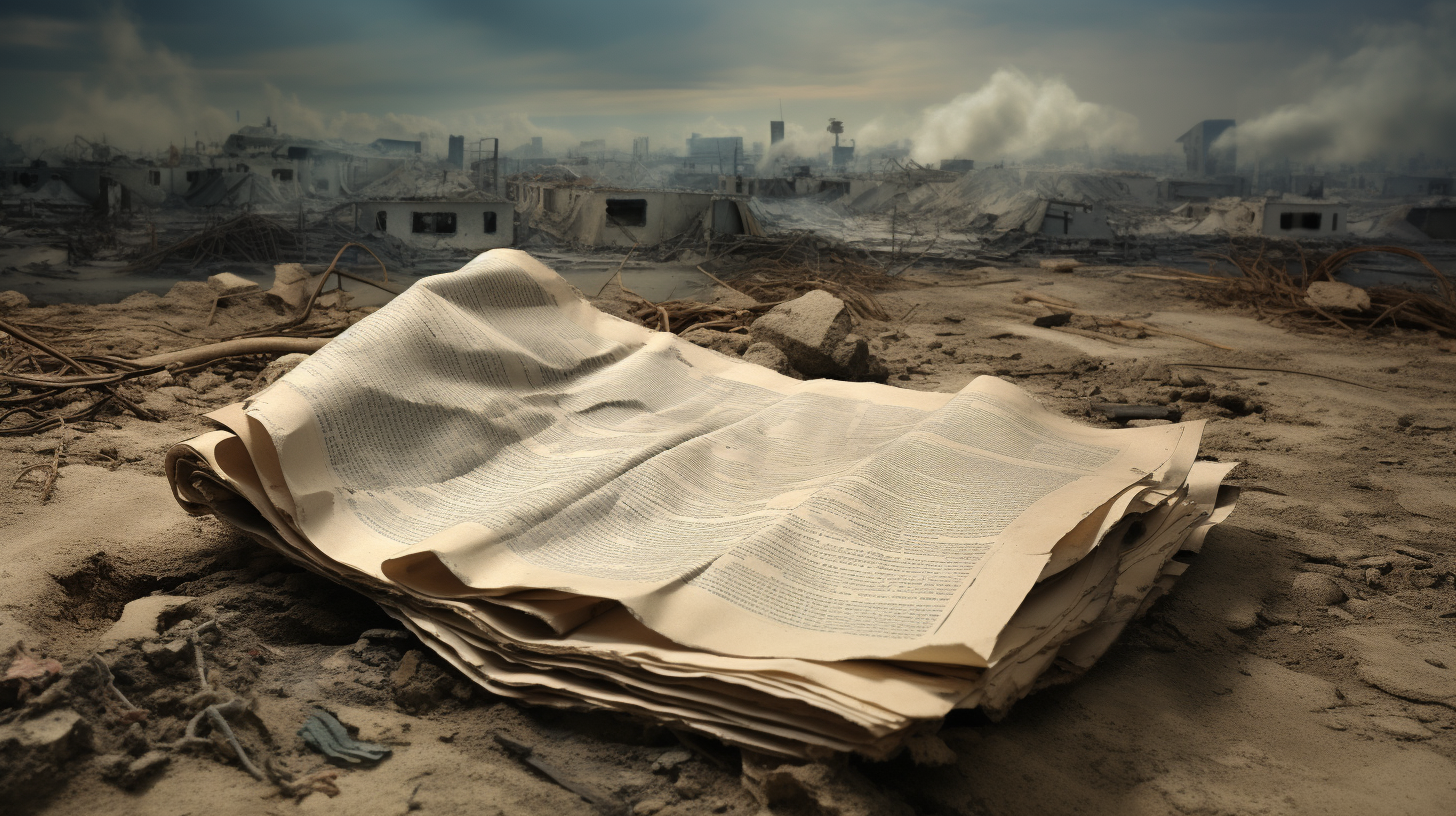In an era where aquatic wastelands are the grim tapestry woven by our very hands, a paradox unfurls across parched lands that once were bastions of fertility. An opposite, yet equally merciless narrative emerges, delineating the axiomatic truth of abandonment by water in a world gasping for its last breath. Parchment Earth – Chronicling the Desiccation Diaries is a morose odyssey through desiccated landscapes, a stark counterpoint to the drowning sorrows we recounted barely a turn of the season ago. As if in mockery of our lamentations, the Earth now wilts, writing its own dolorous saga of desolation.
Our journey into desiccation offers no reprieve from water’s wrath—where once it surged and robbed the soil of life, it now retracts its aqueous embrace, leaving behind a crumbling crust beneath an impassive sky. We delve into the heartrending chronicles of communities that teeter on the edge of existence, their livelihoods scorched beneath a relentless sun. From cracked earth, the echoes of past verdancy seem a cruel mirage—a repository of dreams evaporated.
Turning the pages of these desiccation diaries, each entry etches a piteous account of rivers dwindling into ghostly streams, of lakes surrendering to the call of oblivion. On these brittle turfs, agriculture writhe in its death throes. The poetic irony of an earthen parchment penned by water’s vanishing act stands as a mute testament to ecosystems fractured and species exiled from what was once a sanctuary.
What futures can be sketched on such parchment? Innovators scrabble in desperation, summoning wits and wisdom to rehydrate the bones of our landscapes, but the specter of failure looms. Ingenious irrigation and soil rejuvenation efforts spearhead the resistance against desolation, with scientists and farmers allied in a struggle to rewrite the prophecy of extinction that impends over the Earth’s dehydrated canvas.
Through the lens of the unfortunate prognosticators—those who warned and those who wept—we view the portraits of resiliency. The unforeseen heroes in these narratives, like the architects of salt-tolerant crops amidst saline inundation, are but silhouettes against the glare of an unwavering sun. Theirs is a battle of adaptation, a contest against time and the unyielding elements.
The anecdotal fibers of this parchment unravel further, revealing the sinister brocade of hydropolitics. As water becomes but a whisper on the wind, nations wage silent wars—a brisk trade in the currency of moisture. The fluidity of geopolitical borders is remade in the image of thirst as power is measured not by arsenals, but by aquifers.
Could this parched Earth ever reclaim its floral crown, or have we scribed too deep a narrative of ruin in soil and soul alike? Embedded within the lines of loss, we find no salvation, only the stark realism of a world remodeled by human neglect and folly, preempting a future where deserts expand like shadows at dusk.
Perhaps, in this elegiac record, lies the gravest lesson—an admonition that the scourge of extremities is the true face of our planetary dystopia. From waterlogged to withered, our world swings on the pendulum of catastrophe, with the present scribed in disconsolate ink upon Parchment Earth.
